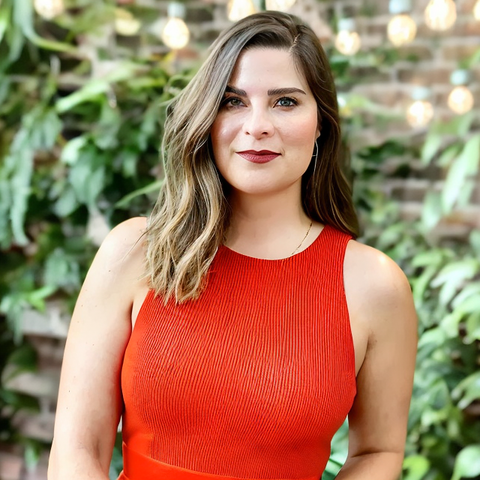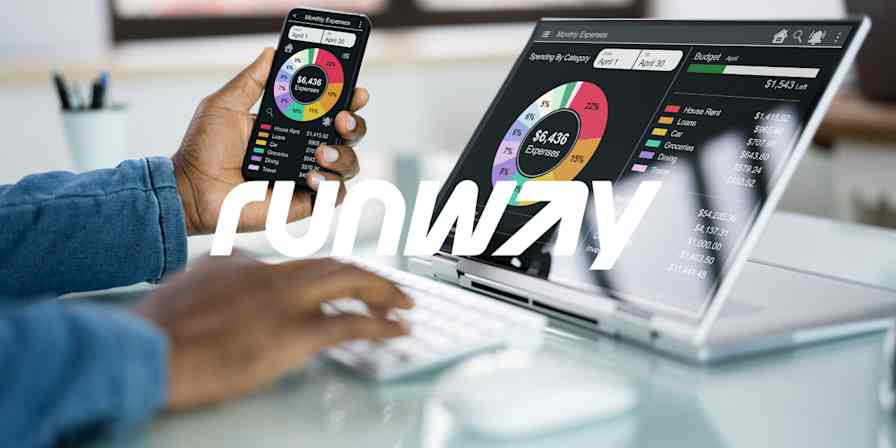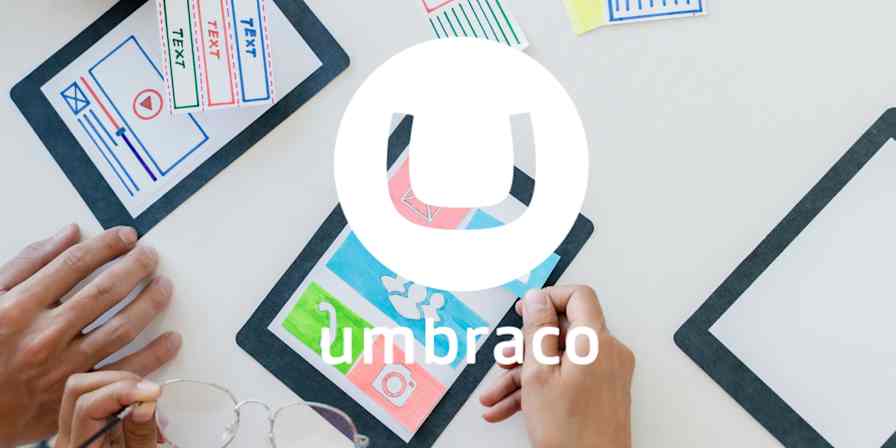Customer stories
4 min readHow one nonprofit manages its application process all on Zapier
By Grace Miller · January 23, 2024

Get productivity tips delivered straight to your inbox
We’ll email you 1-3 times per week—and never share your information.
mentioned apps
Related articles
Improve your productivity automatically. Use Zapier to get your apps working together.









